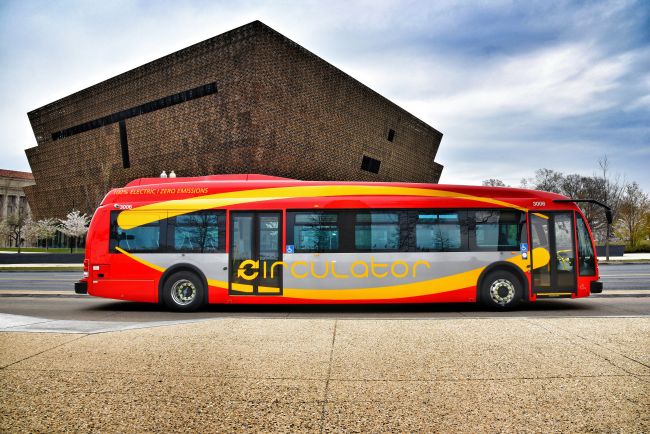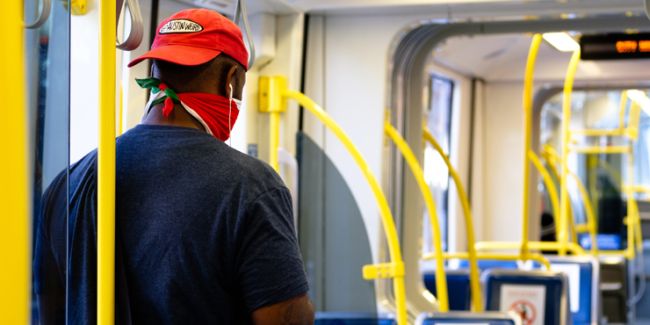How do you measure carbon emissions?
Reducing CO2 emissions and other greenhouse gases to tackle climate change is now an explicit goal of the UK Government’s transport policy.

Reducing CO2 emissions and other greenhouse gases to tackle climate change is now an explicit goal of the UK Government’s transport policy. A key challenge facing local authorities is taking account of the carbon impacts of transport. There is also a legal requirement for councils to take account of environmental guidance and policies when formulating Local Transport Plans (LTPs), particularly in terms of climate change mitigation and adaptation.
A particular issue is quantifying the level of emissions and understanding what effect transport policies and proposals have. Climate modelling is clearly a highly complex matter. Fortunately, quantifying CO2 emissions is perhaps more straightforward.
The starting point was to provide ‘bolt-on’ modules to existing transport models. However, these are not all they should be. The manual accompanying the SATURN model, for example, says that for pollutant emissions “..it needs to be emphasised that this is an extremely crude model. … If it gets to within a magnitude of the ‘true’ answer it will be doing well”.
With a rise in the need to report emissions relating to carbon trading requirements, from 2005, the Department for Environment, Food and Rural Affairs (DEFRA) began publishing Greenhouse Gas conversion factors for a range of industrial activities. This included factors for passenger and freight transport as well as more core business activities.
There are now a number of applications available from academic institutions and consultants that use these factors to model emissions from different transport policy options. Indeed some local authorities, such as Norfolk County Council, have developed their own approaches. The Department for Transport’s guidance on preparing LTPs talks about the DfT itself preparing tools to identify carbon impacts of different schemes. It is understood that their Economics Team is developing a model that should be available by the end of 2009.
Steer Davies Gleave’s own CARbon model is another example that provides estimates of the carbon emissions from transport of all modes. It can be used as a stand-alone tool, or as a part of a wider study to indicate quickly and easily what the carbon footprint of travel is.
CARbon can also help highlight the most effective ways of making this greener. The model can be used in three main ways:
- To provide a footprint of an organisation’s travel as part of the development of a travel plan
- To footprint the effects of travel generated by new developments
- To identify the comparative carbon footprint of transport policy options.
We recently used CARbon to identify the company’s own carbon footprint as part of work to report to the Carbon Disclosure Project (the ‘gold standard’ for companies wishing to publish details of their carbon emissions and mitigation activities).
Going forward, integrating carbon issues fully into transport policy development will be absolutely vital. The current crop of models gives us the starting point for this, and we shall continue to develop the tools at our disposal to provide better and more accurate advice on the carbon impacts of travel.



















